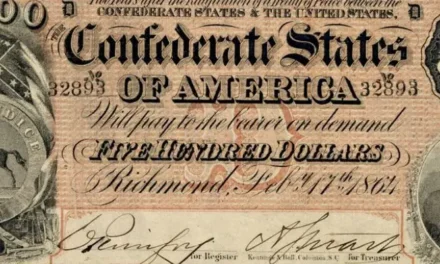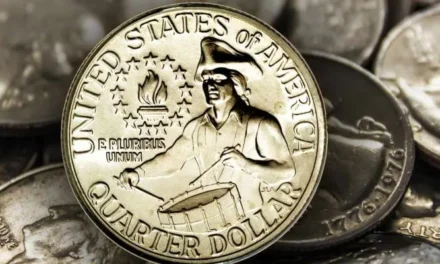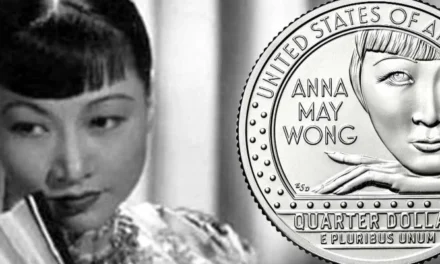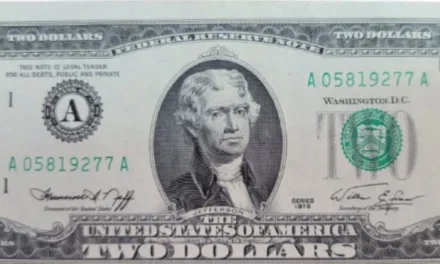Are you curious about the story behind the 1934A five dollar silver certificate?
Join us on a journey through time as we delve into the intricacies of this fascinating piece of currency. From its historical significance to its current value, this exploration aims to shed light on the $5 silver certificate issued in 1934A.
H2: Determining the 1934A $5 Silver Certificate Value
Factors such as its condition, rarity, and collector demand come into play. While some notes may hold significant collector value, others may be more readily available.
- The value of this bill can be between $15 and $600 on Ebay, depending on the condition of the bill, its rarity and expert appraisals.
Design elements of the 1934A Silver Certificate
The design of the 1934A $5 silver certificate is a testament to the artistry and craftsmanship of its era:
- Portrait of Abraham Lincoln: The central feature of the bill is a detailed portrait of Abraham Lincoln, the 16th President of the United States. Lincoln’s image is positioned prominently on the front of the note.
- Blue Seal: The $5 Silver Certificate is known for its distinctive blue seal, which is typically located on the right side of the bill. The color adds a unique and recognizable element to the overall design.
- Serial Numbers: Each bill is assigned a unique serial number, typically found in two locations on the front of the note. The serial numbers, along with other features, contribute to the bill’s individual identity and assist in tracking and cataloging.
- Design Variations: While the basic design remained consistent, there might be slight variations based on factors such as the specific series, print run, or any subsequent updates made during the bill’s circulation.
- Ornate Borders and Filigree: The bill features intricate patterns, borders, and filigree surrounding both the portrait and the overall layout. These decorative elements contribute to the aesthetic appeal of the currency.
- Denomination in Text: The denomination, “Five Dollars,” is prominently displayed on the bill, providing clear identification of the note’s value. The text is often presented in an ornate and stylized font.
- Back Design Elements: The reverse side of the bill typically features additional artistic and symbolic elements, which might include depictions of historical events, allegorical figures, or patriotic symbols.
- Historical Context: The design of the $5 Silver Certificate, like other denominations of U.S. currency, is embedded with historical significance. The images and symbols chosen often reflect the values and ideals of the time.
- Paper Quality: The bill is printed on distinctive paper that incorporates anti-counterfeiting measures. The quality of the paper and the printing techniques used contribute to the durability and authenticity of the currency.
- Legal Tender Language: The bill includes language affirming its status as legal tender for all debts, public and private, adding a formal declaration of its usability in financial transactions.
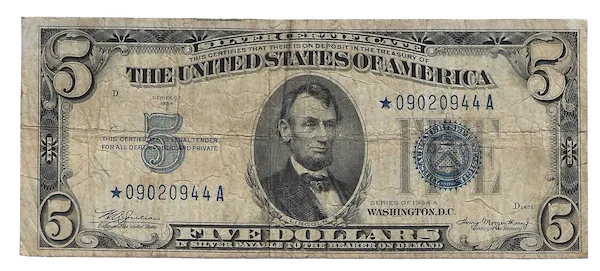
The Historical Tapestry of the 1934A $5 Silver Certificate
Issued during a pivotal period in U.S. history, the 1934A five dollar silver certificate bears the marks of economic shifts and national events. This legal tender note, featuring a distinctive blue seal and serial numbers, served as a tangible representation of monetary value during a time when silver certificates played a crucial role in the nation’s currency system.
Conclusion and reflection
In conclusion, the 1934A five dollar silver certificate is not merely a piece of currency; it is a window into a specific period in U.S. monetary history.
Its design, historical context, and current value make it a captivating subject for collectors and those interested in the intersection of art, history, and finance. As we continue to navigate the diverse world of currency, these artifacts serve as tangible reminders of the economic journey through which our nation has evolved.
Related posts:
- 1953 Blue Seal $5 Dollar Bill: Price and Info


